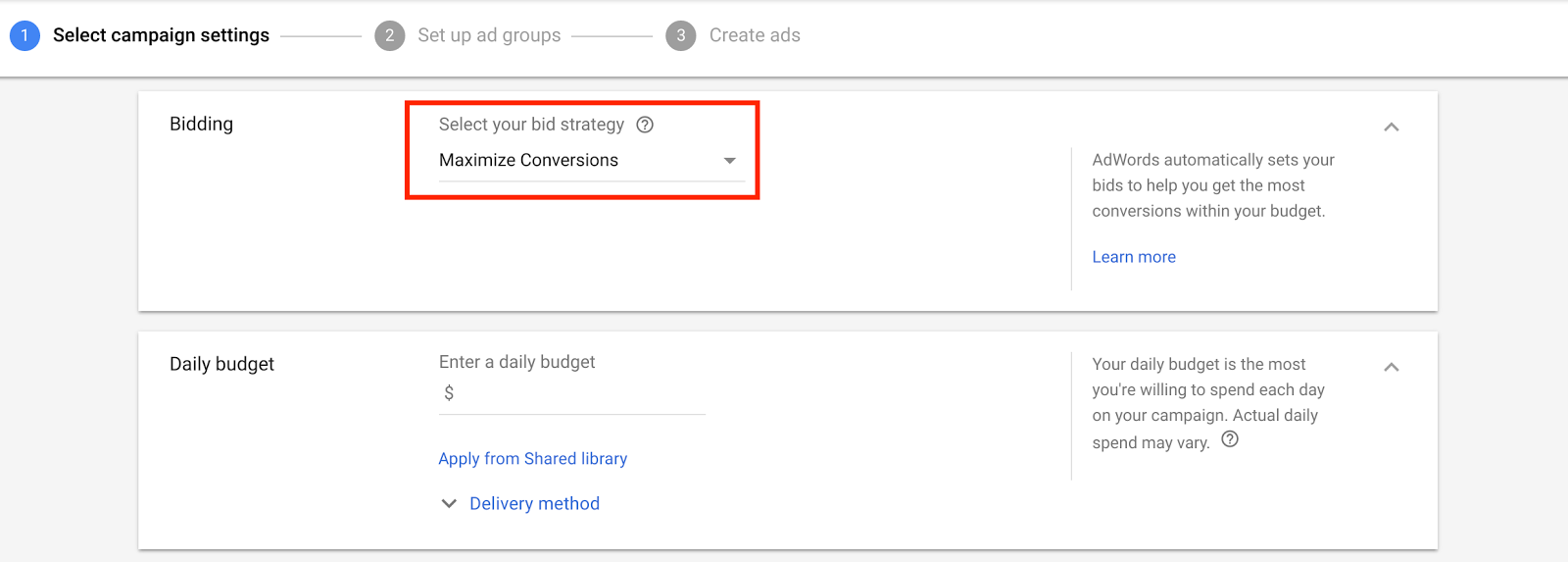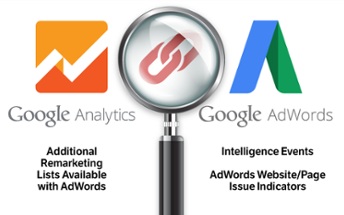
If you’re an e-commerce merchant, you’ve probably heard that AdWords remarketing is a cost-effective method to target site visitors and existing customers. But if you’re not following the best remarketing practices, you’re simply wasting ad budget and time.
Here’s a compilation of remarketing best practices put together by professionals to boost conversions and revenue:
#1 Segment Audience Based on On-Site Interaction

According to Google remarketing services providers, identifying audiences and segmenting them is crucial to the success of remarketing campaigns. Segment your audience according to their onsite interaction. Create more engaging ads and increase click-through rates by addressing customer concerns during their buying journey. For example, home page visitors can be served ads that are focused on increasing brand awareness. Pricing page visitors and product page visitors can be targeted with special offers.
#2 Consider Time Spent
Time spent on your website should be an important metric to consider while creating remarketing lists. Someone who has spent more time on your site finding information is more likely to convert than someone who has spent just a few seconds. To curtail ad wastage, filter out people who have spent less than ten seconds on your site and as this indicates less interest.
#3 Target High-Value Customers

With remarketing, you can target high-value customers who are more likely to spend on your website based on different demographics such as gender, age group and interests to increase campaign ROI. To identify high-value customers and customer segments, enable the generation of demographics and interests to report in Google Analytics. Using this information, you can target your highest spending customers with customized remarketing ads.
#4 Consider Onsite Retargeting

Google remarketing services providers pay attention to onsite retargeting as well as offsite remarketing. With onsite retargeting, you have a chance to retarget them while they’re on the site and push them to convert before they leave the site. This can be done with a customized exit pop-up campaign that’s triggered at the exact moment a customer is about to leave. Using this method, it’s possible to convert 2-4% site visitors into leads and customers.
#5 Optimize Bids for Valuable Visitors

There are several ways to optimize your AdWords account for effective remarketing. Remarketing services providers recommend setting higher bids for more valuable site visitors such as users who have visited key pages such as product pages and pricing pages as they are more likely to convert into paying customers. You can bid low on prospects who have visited less important pages such as the home page or ‘About Us’ page.
#6 Implement Ideal Frequency Capping
With frequency capping, you can limit the number of times an ad gets shown to the same prospect on the Google Display Network. Select the most advantageous frequency cap for your remarketing campaign to avoid user annoyance and wasted ad spend. If you’re using dynamic remarketing ads that show the exact products/services prospects viewed on your site, make sure to use specific product images from your product feed.
#7 Link Google Analytics with AdWords

Another best practice followed by Google remarketing services providers is linking AdWords account with Google Analytics as this helps track on-site behaviour of customers obtained through remarketing. By importing vital data related to metrics, transactions and campaign goals from Google Analytics into your AdWords account, you can prepare better strategies for existing and future remarketing campaigns.
#8 Add UTM Code
White label Google AdWords remarketing agencies using best practices recommend using UTM parameters to the end of your URLs to measure the effectiveness of your campaigns in Google Analytics. When you create campaign URLs with UTM tags, you’ll be able to identify high performing campaigns, ads and keywords.
Finally, don’t flood prospects or customers who have made a recent purchase with a constant stream of ads – it’s off-putting and creates a bad impression of your brand!
